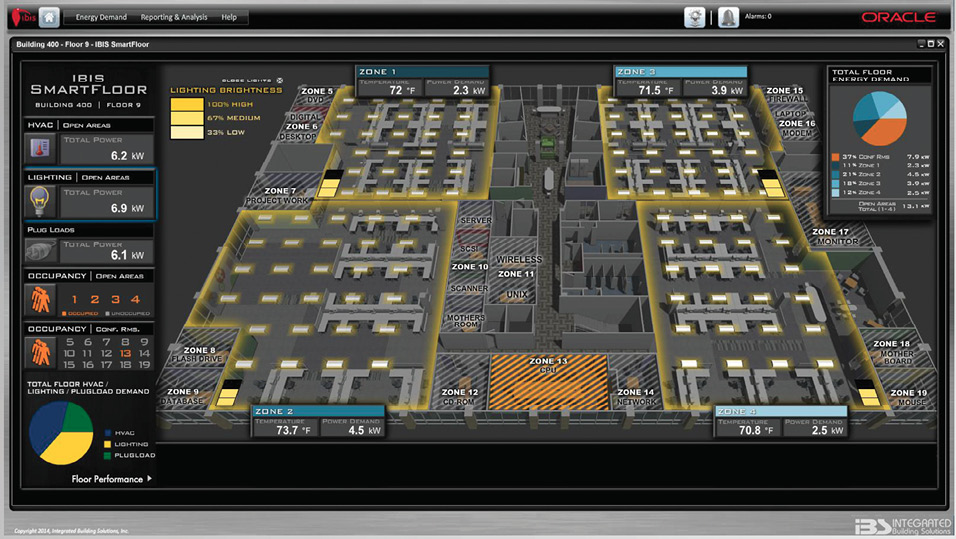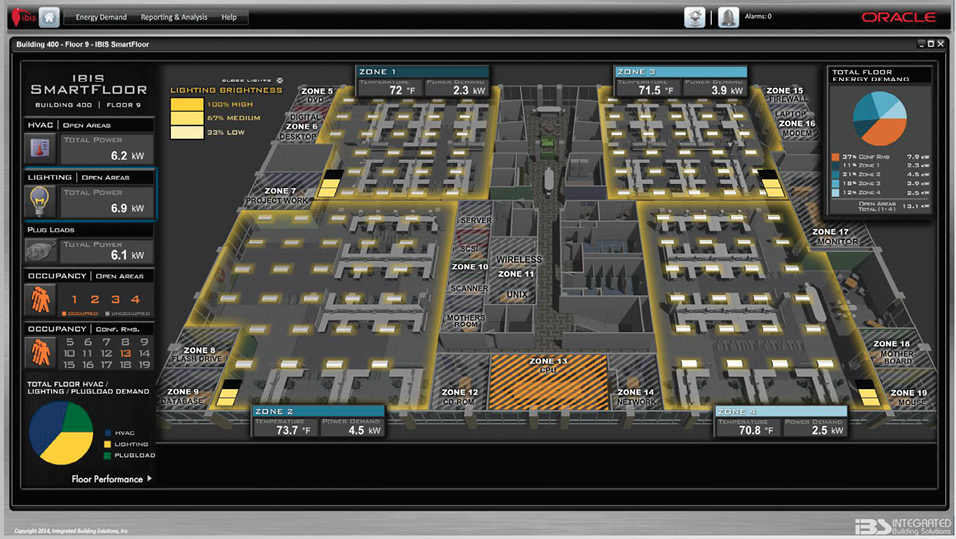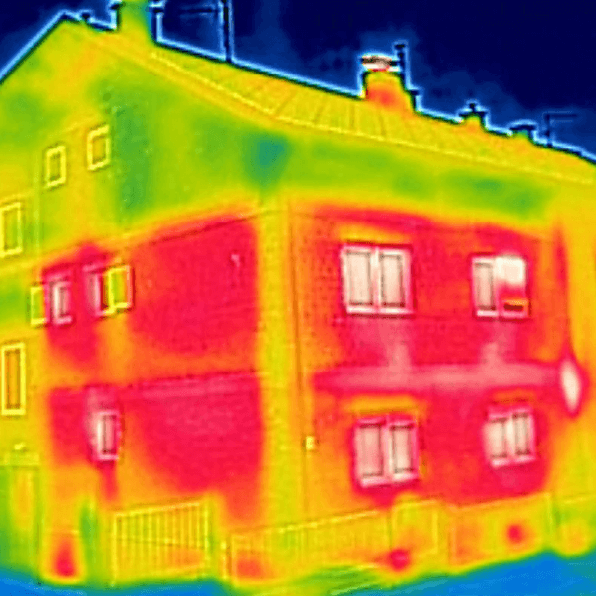Användarresa/User journey - Emergency services

These user journeys address the various emergency needs in apartment/housing complexes and elderly homes such as fire alrams and security threats from outside elements. It tries to provide means for handling these situation by using digital twins. It tries to address the needs of the various stakeholders to ensure collaboration and easy integration of information.
User journeys - simular journeys
Safety optimization in case of suspected fire (Säkerhetsoptimering vid misstänkt brand)

There are many housing apartments in a location that is managed by a property management company. An alarm is generated from one of the buildings and the property manager has to inspect and take action if there is suspicion of fire. It is wasteful to call the fire brigade for just suspicion so a thorough check and analysis is needed and then a call is made. This can be verified by checking the alarm details and the sensor readings that confirm that there is fire. The property map and the evacuation plan must be handy and fire drill responsible person also available at call to guide the residents to safety.
Safety in basement facilities (Trygghet i källarlokaler)

There are many housing apartments in a location that is managed by a property management company. The property manager observes that the basement lights (motion sensor) are being switched on more often than regularly. The manager must have access to the camera if any installed in the basement. If the door is kept open and not closed after usage. The manager needs to sends a link to the description/map of the basement floor and real-time data of the suspicious movements to the police to inform them of the situation.
Efficient alarm management and resource optimisation in elderly care (Effektiv larmhantering och resursoptimering inom äldrevården)

In an elderly home, the collaboration between various roles such as strategists, IT coordinators, and central alarm management actors is crucial for optimizing alarm handling and ensuring the safety and security of residents. The primary needs include the central management of alarms, optimizing interventions, and efficient alarm handling for users. The strategist aims to improve processes and alarm management to enhance the safety of the elderly, while the IT coordinator focuses on using digital tools and sensors for faster and more precise interventions. Central alarm management actors strive to ensure quick and efficient alarm handling, minimizing response times. Data sources such as traffic data, sensor data from smart locks, alarm history, and external services like Google Maps for route optimization support these efforts. By utilizing a digital twin, stakeholders can visualize traffic data, ongoing alarms, and response times, allowing for real-time monitoring and resource optimization to ensure timely and effective responses to emergencies.
Different roles in the user journeys (examples)
Property manager (Fastighetsförvaltare) - Streamlining maintenance and inventory of properties (Effektivisera underhåll och inventering av fastigheter.)
IT Project manager (IT - Projektledare) - Automate information gathering and reporting (Automatisera informationsinsamling och rapportering)
Energy manager (Energiansvariga hos fastighetsägare) - Advises property owners who want to reduce their energy consumption . (Rådger fastighetsägaren som vill minska sin energiförbrukning)
Security officer (Säkerhetsansvariga hos fastighetsägare) - Responsible for the security of the premises (Ansvarig för säkerheten i lokalerna)
Property technicians (Fastighetstekniker hos fastighetsägare) - Ensure that maintenance and repairs are carried out quickly and efficiently (Se till att underhåll och reparationer utförs snabbt och effektivt)
Strategist (Strateg hos Äldreförvaltningen) - Optimize the processes and handling of alarms to improve the safety and security of the elderly. (Optimera processerna och hanteringen av larm för att förbättra tryggheten och säkerheten för äldre).
Practitioners / Caregivers (Central hantering av larm aktörer) - Ensure that alarm handling is fast and efficient, and that the response time is minimized. (Säkerställa att larmhanteringen är snabb och effektiv, och att responstiden för larm minimeras.)
The general idea
Management of housing properties and elderly homes in cases of emergencies like fire and security threats.
Dataflows

Sketches of the processes
Sketches of possible processes for four different scenarios are described below.
Exampel Elderly care
- The IT project manager maintains the Digital Twin and ensures all the features are up and running all the time and lifecycle management.
- The strategist (at the Elderly care facility) accesses the Digital Twin by opening the digital twin platform and navigating to a specific elderly care facility.

- The strategist Visualises relevant data by selecting notifications and current alarms in the area.
- The strategist prioritises the alarms by filtering alarms to identify those with the highest priority.
- The IT project manager integrates sensors and smart Lock Data by ensuring that sensor data and data from smart locks are activated to verify that the nearest available provider can reach the user fastest.
- The strategist gets alarm details to allocate resources by clicking on a specific alarm to view detailed information, including response time and the nearest available care provider.
- The strategist dispatches the alarm by sending an alarm notification to the nearest available care provider.
- The practitioner/care giver receives the notification with instructions to look after issue.
- The strategist has real-time monitoring of the alarms and can monitor the situation via the digital twin, observing real-time updates of the provider's position on the map and prepares actions.
- After process updates are made of the digital twin and analysis and improvements made by analysing past interventions and current data to identify areas for improvement and adjust resources and procedures for even more efficient handling in the future.
Exampel Fire scenario
1.The property manager accesses the Digital Twin by opening the digital twin platform to inspect the received alarm.
2. Data is visualised by selecting to display the sensor data associated with the current alarms in the area.
3. The property manager then access and inspects the safety data such as the layers of fire alarms and evacuation routes.
4. Alarm specific details are checked by clicking on a specific alarm to view detailed information, zooms in on the basement where the alarm is active and sees sensor data that confirms smoke development.
5. The property manager than dispatches the alarm by sending an alarm notification as a emergency messages to the fire department and activates the evacuation plan.
6. The practitioner/care giver receives an SOS alarm and acess to the digital twin is granted.
7. The property manager receives a route optimization, a notification with an optimized route based on current traffic conditions is sent to the provider.
8. The practitioner/care giver directs the resources to the area and briefed under way.
9. The practitioner/care giver updates the digital twin with information to be uptodate.
10. The poroperty manager makes an announcement with a safe route provision and the tenants are evacuated safely.
11. After process updates are made of the digital twin and analysis and improvements made by analysing past interventions and current data to identify areas for improvement and adjust resources and procedures for even more efficient handling in the future.
Exampel Energy consumption
- The property manager accesses the digital twin by opening the digital twin platform to inspect the overall energy consumption chart.
- The energy manager visualises data by selecting to display the sensor data that is in real-time for the energy data.
- The data visualsation is used to observe the chart with trends for the overall building.
- The energy manager drills down the chart to observe individual houses and selects the one with high consumption.
- The energy manager uses the data visualisation to observe from the temperature data that there is overheating .
- A ticket is created by marking the house and creating a ticket towards the designated technician and awaits feedback.
- The energy manager dispatches the ticket by sending a notification to the right technician from the tool.
- The property technicians receives the notification with instructions to look after issue.
- After process updates are made of the digital twin and analysis and improvements made by analysing past interventions and current data to identify areas for improvement and adjust resources and procedures for even more efficient handling in the future
Exampel Maintenance journey
- The property manager accesss the digital twin by opening the digital twin platform to inspect the maintenance plans for the year's budgeting.
- The data is visualised by selecting to display the historical maintenance information.
- Plans are visualised by selecting a building to check the maintenance plans.
- The property manager proceeds by checking plan specific details by reading the details about the last repair and when is the future date for the next repair cycle.
- An estimation of budget is made by using a formula by providing the required input and comes up with a proposal.
- The property manager then shares the estimation by sharing the proposal report with the associated stakeholders for discussion and approval.
- After process updates are made of the digital twin and analysis and improvements made by analysing past interventions and current data to identify areas for improvement and adjust resources and procedures for even more efficient handling in the future
